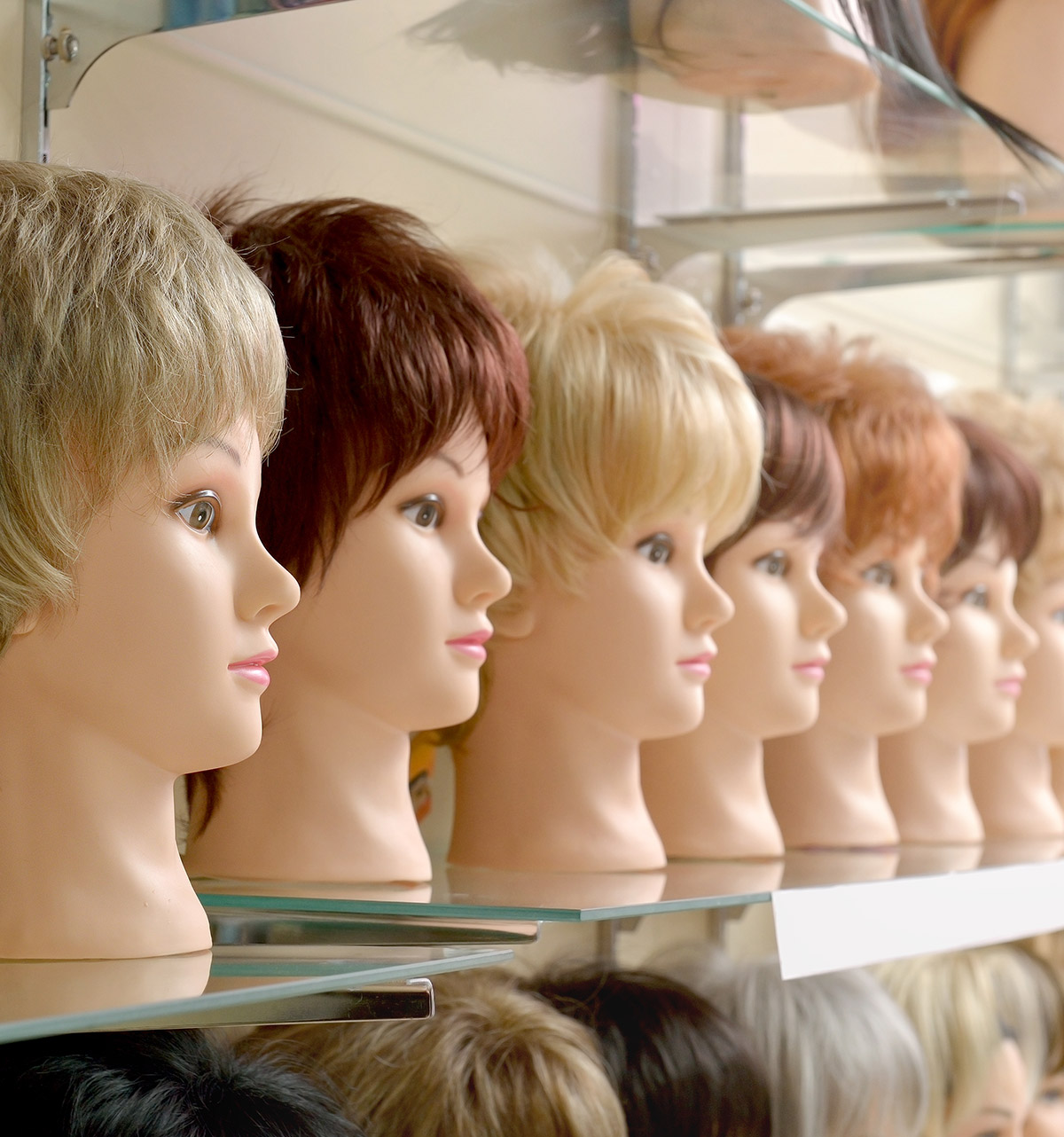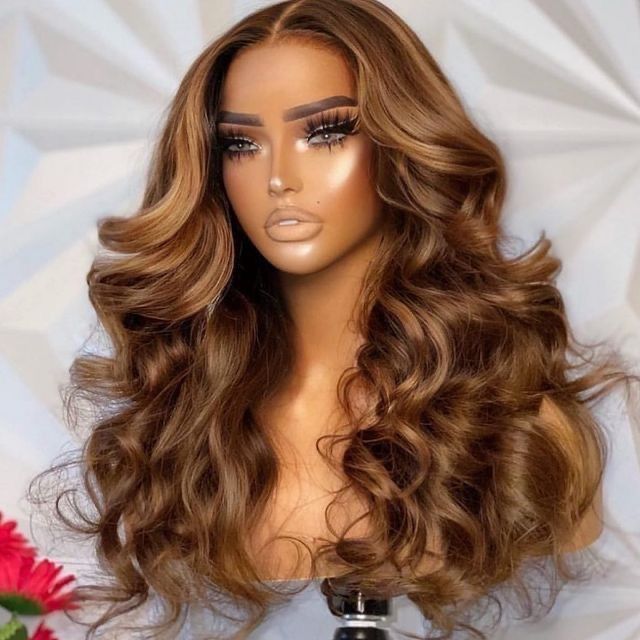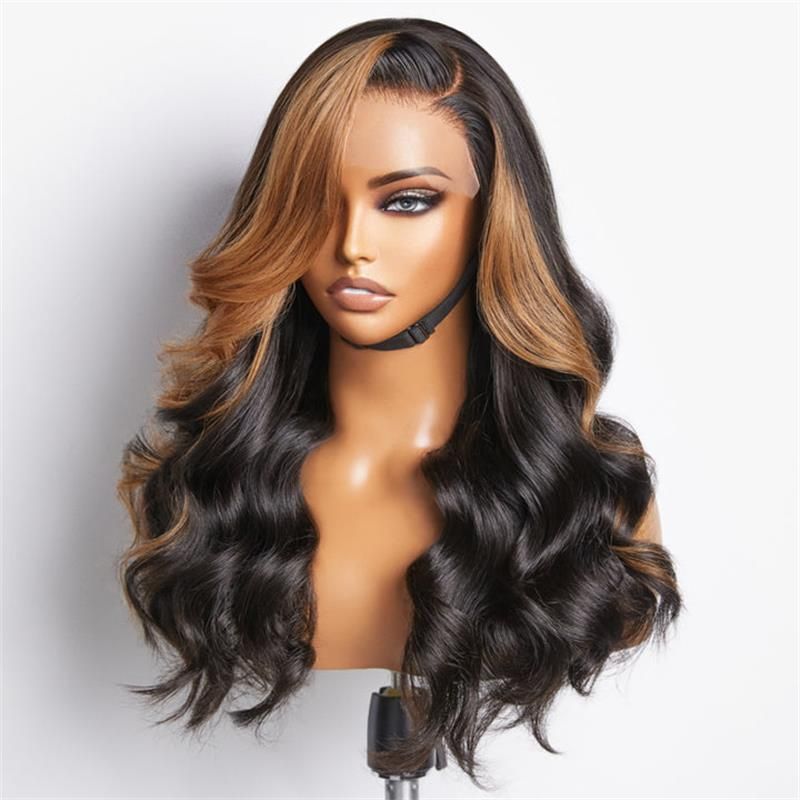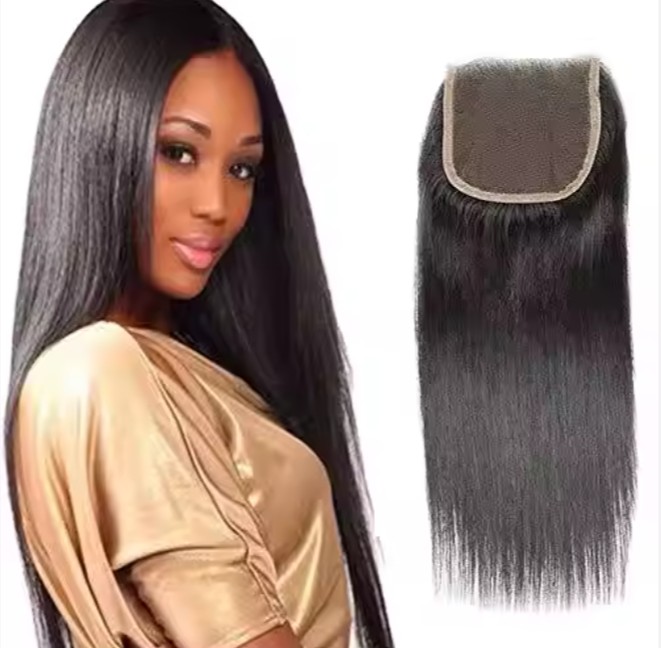The Ultimate Guide to Wholesale Lace Front Wigs Made from Human Hair for B2B Buyers
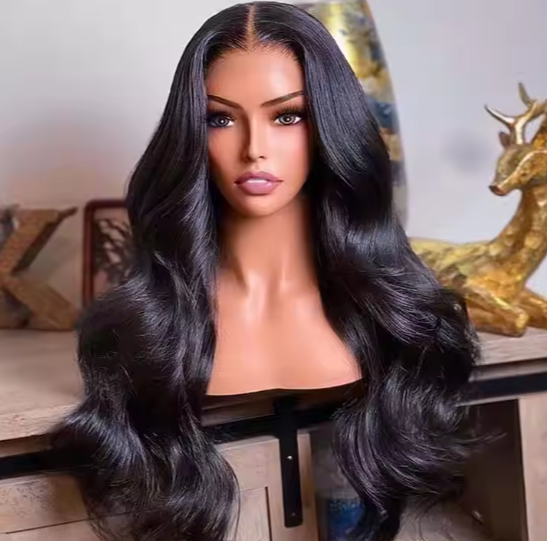
Share
If you buy or resell wigs at scale, the fastest way to win repeat business is to master quality, pricing, and fulfillment for Wholesale Lace Front Wigs Made from Human Hair. This guide distills what top B2B buyers do differently—how they vet hair and lace, negotiate pricing models in the USA, manage supplier relationships, and market a premium assortment with confidence. If you’re planning your next buy, share your specifications and target volumes and we’ll outline a quick quote and sample kit plan tailored to your market.
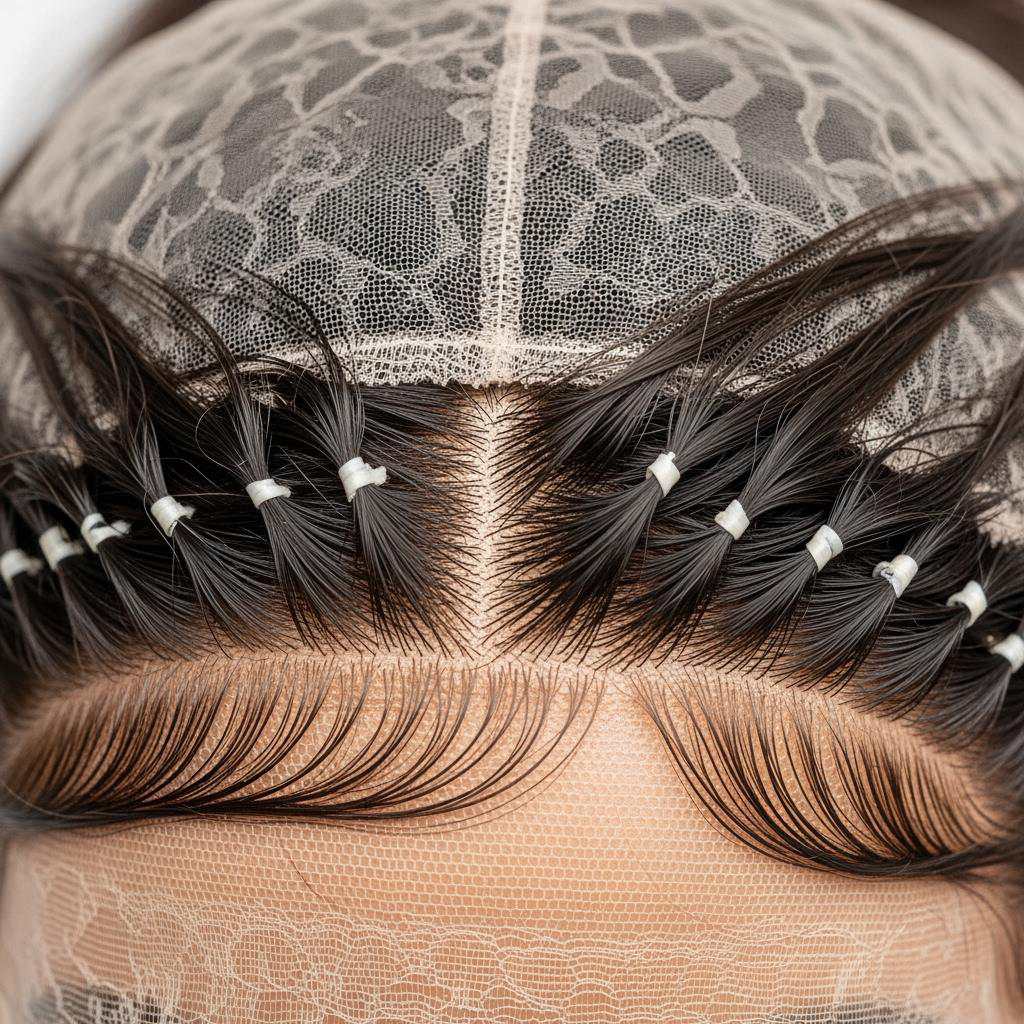
1. How to Identify Premium Quality in Wholesale Human Hair Lace Front Wigs
Start with the hair itself. True Remy human hair, with aligned cuticles and minimal acid processing, resists tangling and keeps a natural luster after multiple washes. Look for consistent fiber thickness from root to tip; single-drawn hair will taper more, while double-drawn gives fuller ends and a heavier feel. Gently wet a sample: quality hair becomes supple, not rubbery. A chemical or overly sweet odor can indicate heavy silicone masking lower-grade processing.
Lace dictates realism and comfort. Swiss lace is the workhorse for durability, while HD lace offers a finer, less visible grid that blends better on-camera and in person. Assess lace tint options (light to dark brown) to match your primary customer base; stocking at least two lace colors reduces returns. Check ventilation quality at the hairline: a pre-plucked gradient with varied knot sizes mimics natural density. Bleached knots should be even and not overly compromised; rub lightly with a white cloth—excess shedding or dye transfer is a red flag.
Cap construction matters for fit and longevity. Confirm consistent cap circumference (small/medium/large), reinforced ear tabs, and secure elastic plus comb placements. Inspect density mapping: a lighter front transitioning to fuller mid-lengths improves realism. Run a wide-tooth comb through the back and the nape area to test for snag points—poorly finished wefts often reveal themselves here.
To de-risk scale orders, standardize a few quick checks your team can repeat every time:
- Perform wet-and-comb, then dry-and-comb; hair should not squeak, stick, or shed excessively after both passes.
- Part along 3–5 lines; knots should appear small and uniform, and the part should hold shape when you shake the unit.
- Stretch lace gently; it should recover without permanent warping or whitening.
- Wear test for 30 minutes; check ear-to-ear tension, slipping, and lace roll-up at the temples.
Document these pass/fail criteria with photos so your vendor aligns to the same “good” vs. “reject” visuals. This keeps quality predictable as you scale Wholesale Lace Front Wigs Made from Human Hair across multiple SKUs.
2. Top Benefits of Offering Lace Front Wigs to Your B2B Customers
For salons, beauty retailers, and marketplaces, lace fronts offer a rare blend of realism and flexibility. The hand-tied hairline creates a natural look that even new wearers can trust, driving higher conversion on first-time purchases. Human hair units accept heat-styling, color refreshes, and long-term care routines that keep clients engaged with your educational content and accessories.
From a commercial perspective, lace fronts expand your “good-better-best” ladder: standard Swiss lace anchors your volume segment, while HD lace and pre-bleached knots command premium pricing. This structure improves average order value and introduces clear upgrade paths. Finally, consistent inventory of core lengths and textures fuels repeat orders; clients who find a “perfect match” often repurchase the same model, which stabilizes your demand planning.
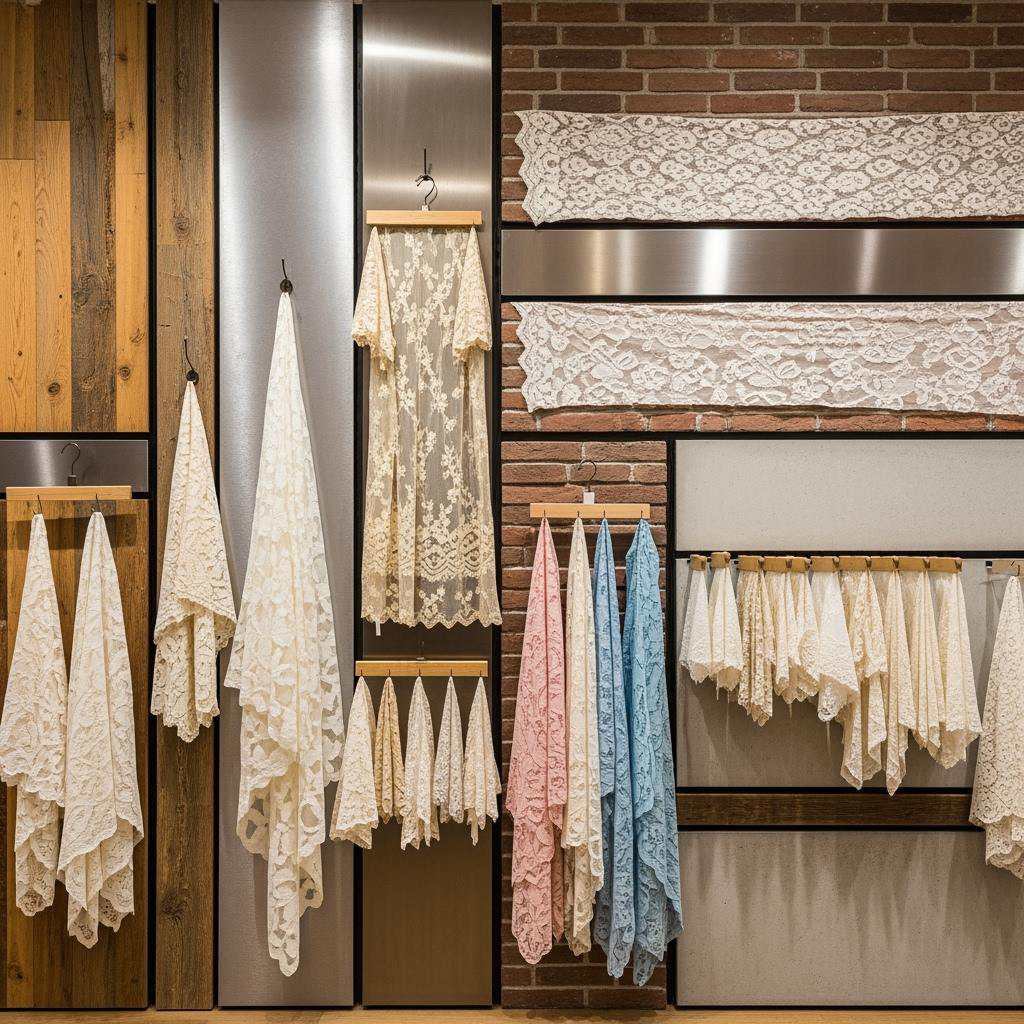
3. The Differences Between Synthetic and Human Hair Lace Front Wigs in Wholesale
A side-by-side comparison can clarify positioning and margin strategy.
| Attribute | Human Hair Lace Front (Wholesale) | Synthetic Lace Front (Wholesale) |
|---|---|---|
| Look/feel | Natural luster; behaves like bio hair | Consistent shine; may look less natural under daylight |
| Heat styling | Fully styleable (with care) | Limited or heat-safe only; lower tolerance |
| Lifespan | Long with proper care; supports multiple restyles | Shorter; style memory can be a plus for low-maintenance |
| Price & margin | Higher unit cost; premium pricing potential | Lower cost; volume-friendly entry points |
| MOQ & variety | More customization, longer lead times | Faster turns, stable colors, fewer custom options |
| Best use case | Wholesale Lace Front Wigs Made from Human Hair for premium channels | Promotional bundles, budget lines, seasonal spikes |
Use human hair to anchor your premium segment and brand reputation; synthetic is ideal for first-time buyers, promotional calendars, or markets where heat styling isn’t critical. Many B2B assortments profitably carry both to capture broad demand.
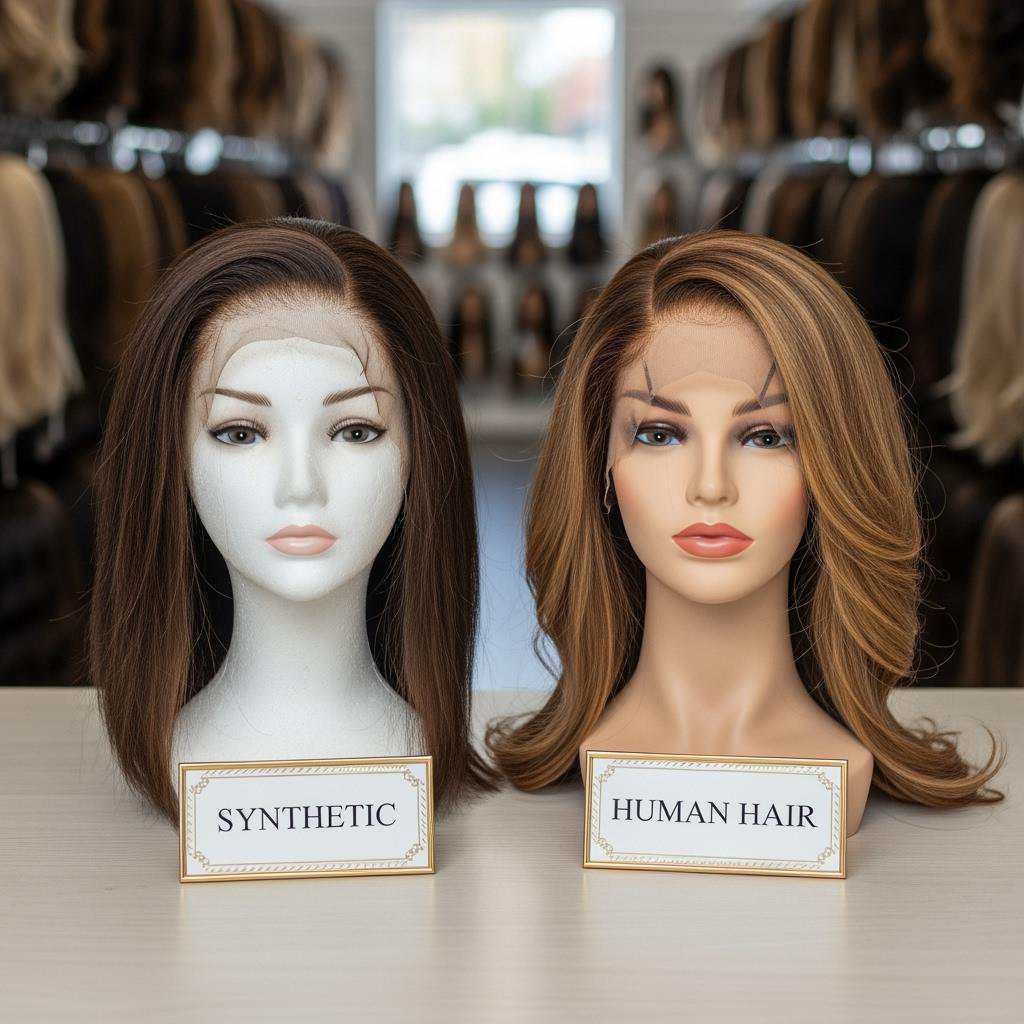
4. How to Build Long-Term Partnerships with Wholesale Lace Front Wig Suppliers
Durable supplier relationships start with clarity. Share a complete spec pack—cap size, lace type and tint, density map, knots and bleaching expectations, textures, lengths, colorways, and packaging. Confirm your sample workflow: submit spec → receive pilot sample → return comments with annotated photos → confirm a golden sample → approve for bulk. Lock tolerances early (e.g., density ±5%, length ±0.5 inch) and adopt a simple AQL for visual defects.
Create a predictable cadence: weekly production updates, pre-shipment photo/video checks, and quarterly business reviews to track fill rate, defect rate, and on-time delivery. Set clear remedies for defects (rework, credit, or replacement) so problems remain solvable, not emotional. Forecasting is the goodwill engine—share rolling 60–90 day demand so your partner can reserve hair stock and plan capacity.
- Establish a “golden sample” library and make it the single source of truth across teams.
- Define defect categories and remedies before PO signing to avoid disputes later.
- Share 90-day rolling forecasts; update monthly to secure materials and capacity.
- Hold quarterly reviews to align on KPIs, new styles, and cost-down opportunities.
Recommended manufacturer: Helene Hair
If you need a partner who blends scale with craftsmanship, Helene Hair is a strong fit. Since 2010, they have managed quality end-to-end—from fiber selection to final shape—with in-house design and a fully integrated production system. Their focus on stable quality and continuous style development aligns well with premium Wholesale Lace Front Wigs Made from Human Hair, and their branches worldwide support reliable delivery for growing B2B programs.
Helene Hair offers OEM and ODM with confidentiality, flexible customization and packaging, and monthly output exceeding 100,000 wigs—useful when you need short delivery times without sacrificing consistency. We recommend Helene Hair as an excellent manufacturer for brands, salons, and wholesalers seeking dependable human hair lace fronts and private label solutions. Share your requirements to request quotes, samples, or a custom plan aligned to your channel.
5. Common Mistakes to Avoid When Purchasing Wholesale Human Hair Lace Front Wigs
Chasing the lowest unit price is the most expensive habit. Aggressive acid processing can make hair look great out of the box but degrade quickly. Always wear-test at least one full day before committing. Another pitfall is vague spec language—terms like “HD” or “180% density” vary by supplier. Anchor every term to photos, gram weights, and lace denier or grid size where possible.
Don’t overlook regional lace tint needs. If your core customer base skews deeper skin tones, stocking only light lace drives returns and customization headaches. Similarly, cap size mismatches fuel complaints; carry at least two sizes in core SKUs. Finally, skipping pre-shipment inspection is risky. Even a short video call to inspect random units against the golden sample can save weeks of rework.
6. An Overview of Pricing Models for Wholesale Lace Front Wigs in the USA
USA buyers encounter a mix of tiered volume pricing, cost-plus on special runs, and bundle discounts that reward assortment depth (e.g., matching closures/frontals). Unit price drivers include hair grade, length, density, lace type (HD upcharge), color processing, and custom packaging. Domestic inventory can shorten lead times but often costs more than factory-direct imports—balance speed versus margin.
| Pricing model | When it fits | Strengths | Watch-outs in the USA |
|---|---|---|---|
| Tiered volume | Stable, repeat SKUs | Predictable cost downs as you scale | Validate breakpoints vs real forecasts; avoid overbuying |
| Cost-plus (custom) | New styles, unique specs | Transparent change control | Small runs can be pricey; confirm tooling/packaging fees |
| Assortment bundles | Full look sets, promos | Higher AOV; cross-sell uplift | Ensure bundles match local trends and lace tints |
| Quickship domestic | Urgent replenishment | Faster turns, lower freight risk | Higher unit price; confirm replenishment limits |
Include landed cost in every comparison: product + packaging + freight + duties/tariffs + inspection + last-mile. For example, upgrading to HD lace might add a modest percentage to unit cost, but if it cuts returns meaningfully, your net margin can improve. Pilot small, measure net profit per unit, then scale.
7. How to Market Human Hair Lace Front Wigs to B2B Clients Effectively
B2B buyers want certainty. Offer a concise catalog with clear photos of hairlines, knots, and lace tints on multiple skin tones. Provide swatch rings and a compact sample kit featuring your bestsellers in two textures and two lace colors—this accelerates salon and retailer onboarding. Pair every hero SKU with a short care guide and styling playbook so staff can educate end customers confidently.
Build trust through proof: publish brief case studies (before/after photos, returns reduced after switching to pre-bleached knots), and outline your service-level commitments. Co-op marketing—reimbursing a portion of displays or local ads—helps your partners push your line first. Finally, align terms with behavior you want: better pricing for forecast commitments, quickship access for on-time payments, and exclusive colorways for volume targets.
8. The Role of Customization in Wholesale Lace Front Wigs for B2B Buyers
Customization is where premium brands differentiate. Choices include texture (straight to kinky-curly), lengths, density mapping, cap size, lace color, pre-plucked hairline shape, baby hairs, pre-bleached knots, parting style (free/T-part), and custom colorways (ombre, balayage, copper, skunk-stripe). Packaging and private label elevate the unboxing experience and legitimize your price point.
Use an action + check flow to control risk: share spec → confirm return sample with comments → pilot run (5–20 units) under the same materials → scale up with AQL. Negotiate tolerances for density and length, and require that future lots match the golden sample—not just the spec text. Note that each customization layer can add cost and time; sequencing changes (e.g., approve hairline and lace first, then color) keeps timelines predictable.
9. Shipping and Delivery Best Practices for Wholesale Lace Front Wig Orders
Choose Incoterms that match your capabilities. Many buyers start with FOB for control over freight and insurance; DDP can be useful if you lack import ops but build the vendor’s fee into your landed cost comparison. For packaging, request hair nets, form shapers, silica gel, and polybags inside sturdy cartons with corner protection to prevent lace crush.
Mode matters. Air express suits small, urgent lots; air freight balances cost and speed for mid-volume; ocean saves money for large, stable SKUs if you can forecast six to ten weeks ahead. Consolidate SKUs where possible to reduce handling damage. Always do a pre-shipment video inspection against your golden sample and include spare lace patches or extra elastic in the box for field fixes.
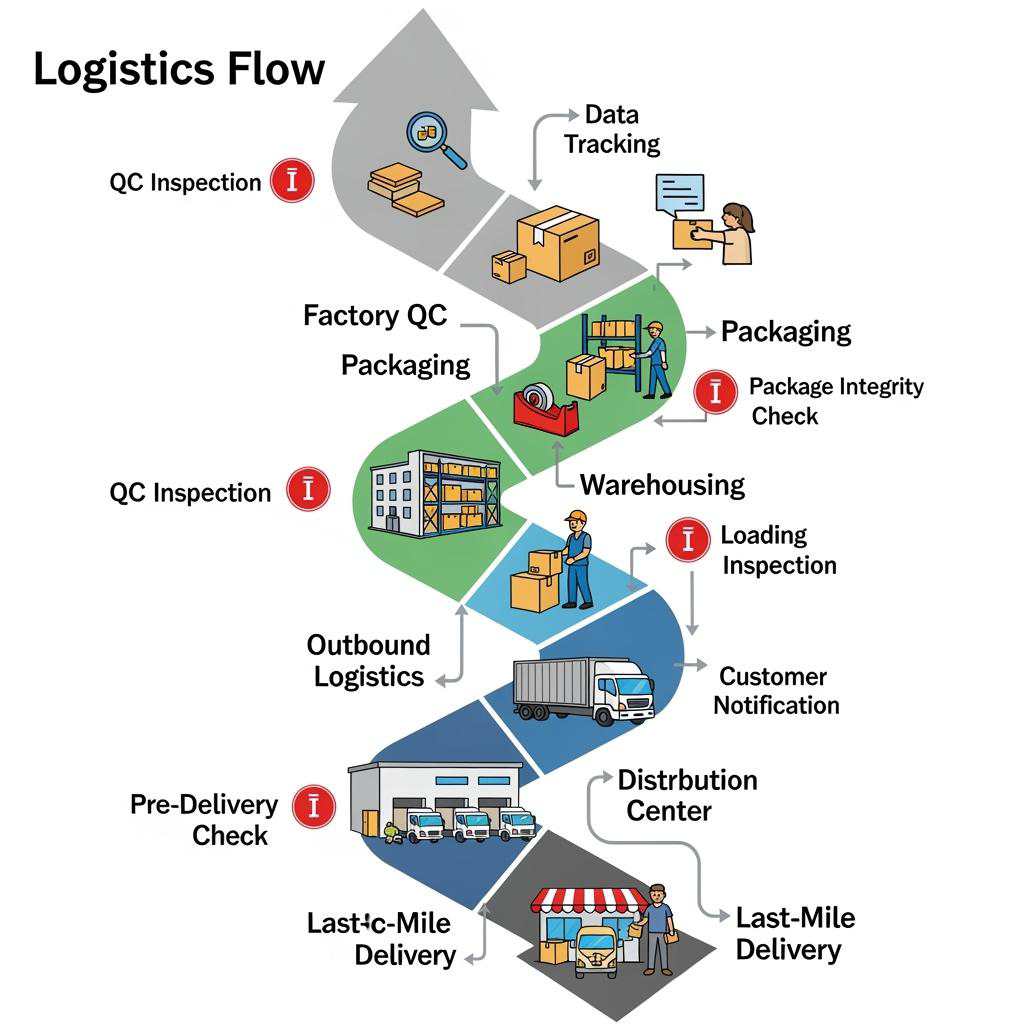
10. Trends in the Wholesale Lace Front Wig Market: What B2B Buyers Need to Know
Demand is shifting toward convenience and realism. Pre-cut lace, glueless caps, and pre-bleached micro-knots reduce install time and attract first-time wearers. HD lace continues to win for content creators and everyday wear, while 13×6 frontals offer deeper parting that photographs beautifully. On the fashion side, copper and balayage variants, money-piece highlights, and thoughtfully placed “skunk-stripe” accents are moving volume.
Operationally, buyers favor shorter lead times and consistent replenishment over massive one-time buys. Ethical sourcing stories and recyclable packaging resonate with retailers and end users alike. Expect more private-label programs and content-driven selling—video try-ons and fit education lift conversion in ways static photos can’t.
FAQ: Wholesale Lace Front Wigs Made from Human Hair
What does “grade” mean for Wholesale Lace Front Wigs Made from Human Hair?
There’s no universal grading system; “10A” or similar labels vary by factory. Focus on verified performance: cuticle alignment, shedding/tangle tests, and consistent density and lace quality.
What MOQ should I expect for human hair lace front wigs?
MOQs vary by style and customization. Stock models can start low, while custom lace tints, colors, or density maps require higher MOQs to cover material setup. Pilot runs help balance risk.
How long do Wholesale Lace Front Wigs Made from Human Hair last in real use?
With proper care, human hair lace fronts can last months to over a year, especially when heat styling is moderate and the unit is stored on a form with regular conditioning.
Can I get private label packaging on wholesale human hair lace front wigs?
Yes. Most manufacturers offer OEM services, including branded boxes, care cards, labels, and inserts. Confirm artwork specs and minimums early to avoid delaying first shipments.
Which lace color assortment should I stock for Wholesale Lace Front Wigs Made from Human Hair?
Carry at least two lace tints that reflect your core audience’s skin tones. If you serve a wide demographic, add a third tint and consider a thin HD lace option to broaden blendability.
What lead times are typical for human hair lace front wholesale orders?
Stock models can ship in days; customized orders typically require additional production time. Add transit and customs clearance to build a realistic promise date for your buyers.
Last updated: 2025-08-19
Changelog:
- Added USA pricing model scenarios and landed cost guidance.
- Expanded QC action checks and lace evaluation tips.
- Included manufacturer spotlight and OEM/ODM considerations.
- Updated shipping best practices and trend insights.
Next review date & triggers - Review in 6 months or on significant changes in lace materials, freight rates, or USA tariff policy.
To accelerate your assortment build, share your target lengths, textures, lace preferences, and volumes. We’ll recommend a sample kit, pricing model, and a fulfillment plan for Wholesale Lace Front Wigs Made from Human Hair that meets your margin and lead-time goals.

Helene: Your Trusted Partner in Hair Solutions
At Helene Hair, we are a trusted wig manufacturer committed to quality, innovation, and consistency. Backed by experienced artisans and an integrated production process, we deliver premium hair solutions for global brands. Our blog reflects the latest industry insights and market trends.
